
The "seven policies" that you must know for new energy vehicles Vehicle purchase tax will be restored from 5% to 10%.
In addition, new energy models can also enjoy local subsidies, referred to as "local subsidies". The specific amount of local subsidies is implemented in accordance with the standards issued by local governments, but the maximum subsidy amount shall not exceed 50% of the amount of national subsidies.
Preferential policy for new energy vehicles Vehicle purchase tax, the "Announcement of the Ministry of Finance, the State Administration of Taxation and the Ministry of Industry and Information Technology on the Exemption of New Energy Vehicle Vehicle Purchase Tax" stipulates that the purchase of new energy vehicles is exempt from vehicle purchase tax.
1. The latest car purchase preferential policy in May 2023 car purchase policy includes: purchase tax reduction policy, loan preferential policy, car insurance preferential policy, car purchase subsidy. Purchase tax reduction policy: The purchase tax for the purchase of ordinary cars will end on May 31, 2023, and the purchase tax for the purchase of new energy vehicles will continue to be reduced.
2. The preferential policies for new energy include: the latest policy of automobile subsidies in 2023 is as follows: new energy vehicles purchased from January 1, 2023 to December 31, 2023 are exempt from vehicle purchase tax. The purchase of new energy vehicles will no longer enjoy subsidies in 2023.
3. No purchase tax will be charged for annual car purchases.On September 18, 2022, the Ministry of Finance of the People's Republic of China, the General Administration of Taxation, and the Ministry of Industry and Information Technology issued the latest announcement on purchase tax.
4. Purchase tax reduction policy: For fuel vehicles purchased before January 1, 2023, the purchase tax rate can be reduced to 5%. Purchase tax subsidy policy: From January 1, 2023, fuel vehicles that meet the national energy conservation and emission reduction requirements can apply for acquisition tax subsidy.
5. The acquisition tax rate can be reduced to 5%; acquisition tax cost subsidy policy: From January 1, 2023, fuel vehicles that meet the national energy conservation and emission reduction requirements can apply for acquisition tax subsidy. Purchase tax is an important step in the purchase of vehicles.
6. Legal subjectivity: purchase tax in 2023The relevant policy will continue to exempt the vehicle purchase tax on new energy vehicles between January 1, 2023 and December 31, 2023.

1. The preferential policies for new energy vehicles mainly include the following Surface, respectively: producers: manufacturers who subsidize automobiles, that is, producers;Consumers: subsidize automobile promotion units, that is, consumers; usually adopt the method of directly deducting the subsidy fee in the transaction and settling the remaining amount with the consumer.
2. Vehicle purchase tax on preferential policies for new energy vehicles. The "Announcement of the Ministry of Finance, the State Administration of Taxation and the Ministry of Industry and Information Technology on the Exemption of New Energy Vehicle Vehicle Purchase Tax" stipulates that the purchase of new energy vehicles is exempt from vehicle purchase tax.
3. The preferential policies for buying electric vehicles are as follows: vehicles with a range of less than 300KM will not be able to enjoy the subsidy policy; vehicles with a range of 300KM-400KM can enjoy a subsidy fee of 9,100 yuan; models with a range of more than 400KM can enjoy 1260 The subsidy fee is 0 yuan.
1. Legal subjectivity: vehicle scrapping subsidy Standard: subsidy standard for scrapped old cars: scrapped medium-sized trucks, each subsidy is RMB 13,000; scrapped light trucks, each subsidy is RMB 90 00 yuan; scrapped mini-vans, each subsidy is RMB 6,000; scrapped medium-sized buses, each subsidy is RMB 11,000.
2. Legal subjectivity: If the car is scrapped, the state will subsidize it, and the subsidy standards for different vehicles are different. For example, scrapped heavy trucks are subsidized by 18,000 yuan per vehicle. Scrapped medium-sized trucks are subsidized with 13,000 yuan per vehicle. The subsidy for light trucks is 9,000 yuan per vehicle, and the subsidy for micro trucks is 6,000 yuan per vehicle.
3. Since cars are scrapped in advance in accordance with the new regulations, the state still has subsidies for cars scrapped in advance.
4. If the car is scrapped, the state will subsidize it, and the subsidy standards for different vehicles are different. For example, scrapped heavy trucks are subsidized by 18,000 yuan per vehicle. Scrapped medium-sized trucks are subsidized with 13,000 yuan per vehicle. The subsidy for light trucks is 9,000 yuan per vehicle, and the subsidy for micro trucks is 6,000 yuan per vehicle.
*HS code reference for mineral exports-APP, download it now, new users will receive a novice gift pack.
The "seven policies" that you must know for new energy vehicles Vehicle purchase tax will be restored from 5% to 10%.
In addition, new energy models can also enjoy local subsidies, referred to as "local subsidies". The specific amount of local subsidies is implemented in accordance with the standards issued by local governments, but the maximum subsidy amount shall not exceed 50% of the amount of national subsidies.
Preferential policy for new energy vehicles Vehicle purchase tax, the "Announcement of the Ministry of Finance, the State Administration of Taxation and the Ministry of Industry and Information Technology on the Exemption of New Energy Vehicle Vehicle Purchase Tax" stipulates that the purchase of new energy vehicles is exempt from vehicle purchase tax.
1. The latest car purchase preferential policy in May 2023 car purchase policy includes: purchase tax reduction policy, loan preferential policy, car insurance preferential policy, car purchase subsidy. Purchase tax reduction policy: The purchase tax for the purchase of ordinary cars will end on May 31, 2023, and the purchase tax for the purchase of new energy vehicles will continue to be reduced.
2. The preferential policies for new energy include: the latest policy of automobile subsidies in 2023 is as follows: new energy vehicles purchased from January 1, 2023 to December 31, 2023 are exempt from vehicle purchase tax. The purchase of new energy vehicles will no longer enjoy subsidies in 2023.
3. No purchase tax will be charged for annual car purchases.On September 18, 2022, the Ministry of Finance of the People's Republic of China, the General Administration of Taxation, and the Ministry of Industry and Information Technology issued the latest announcement on purchase tax.
4. Purchase tax reduction policy: For fuel vehicles purchased before January 1, 2023, the purchase tax rate can be reduced to 5%. Purchase tax subsidy policy: From January 1, 2023, fuel vehicles that meet the national energy conservation and emission reduction requirements can apply for acquisition tax subsidy.
5. The acquisition tax rate can be reduced to 5%; acquisition tax cost subsidy policy: From January 1, 2023, fuel vehicles that meet the national energy conservation and emission reduction requirements can apply for acquisition tax subsidy. Purchase tax is an important step in the purchase of vehicles.
6. Legal subjectivity: purchase tax in 2023The relevant policy will continue to exempt the vehicle purchase tax on new energy vehicles between January 1, 2023 and December 31, 2023.

1. The preferential policies for new energy vehicles mainly include the following Surface, respectively: producers: manufacturers who subsidize automobiles, that is, producers;Consumers: subsidize automobile promotion units, that is, consumers; usually adopt the method of directly deducting the subsidy fee in the transaction and settling the remaining amount with the consumer.
2. Vehicle purchase tax on preferential policies for new energy vehicles. The "Announcement of the Ministry of Finance, the State Administration of Taxation and the Ministry of Industry and Information Technology on the Exemption of New Energy Vehicle Vehicle Purchase Tax" stipulates that the purchase of new energy vehicles is exempt from vehicle purchase tax.
3. The preferential policies for buying electric vehicles are as follows: vehicles with a range of less than 300KM will not be able to enjoy the subsidy policy; vehicles with a range of 300KM-400KM can enjoy a subsidy fee of 9,100 yuan; models with a range of more than 400KM can enjoy 1260 The subsidy fee is 0 yuan.
1. Legal subjectivity: vehicle scrapping subsidy Standard: subsidy standard for scrapped old cars: scrapped medium-sized trucks, each subsidy is RMB 13,000; scrapped light trucks, each subsidy is RMB 90 00 yuan; scrapped mini-vans, each subsidy is RMB 6,000; scrapped medium-sized buses, each subsidy is RMB 11,000.
2. Legal subjectivity: If the car is scrapped, the state will subsidize it, and the subsidy standards for different vehicles are different. For example, scrapped heavy trucks are subsidized by 18,000 yuan per vehicle. Scrapped medium-sized trucks are subsidized with 13,000 yuan per vehicle. The subsidy for light trucks is 9,000 yuan per vehicle, and the subsidy for micro trucks is 6,000 yuan per vehicle.
3. Since cars are scrapped in advance in accordance with the new regulations, the state still has subsidies for cars scrapped in advance.
4. If the car is scrapped, the state will subsidize it, and the subsidy standards for different vehicles are different. For example, scrapped heavy trucks are subsidized by 18,000 yuan per vehicle. Scrapped medium-sized trucks are subsidized with 13,000 yuan per vehicle. The subsidy for light trucks is 9,000 yuan per vehicle, and the subsidy for micro trucks is 6,000 yuan per vehicle.
*Australia HS code tariff insights
author: 2024-12-24 02:16How to evaluate supplier reliability
author: 2024-12-24 01:19Trade intelligence for aerospace industry
author: 2024-12-24 01:05HS code filtering for import risk
author: 2024-12-24 00:30Trade data visualization dashboards
author: 2024-12-24 00:03Tobacco products HS code verification
author: 2024-12-24 02:25Supply chain optimization with trade data
author: 2024-12-24 02:18HS code monitoring tools for exporters
author: 2024-12-24 02:12Chemical industry HS code search
author: 2024-12-24 02:11Trade data-driven policy analysis
author: 2024-12-23 23:45 Machinery exports HS code insights
Machinery exports HS code insights
757.59MB
Check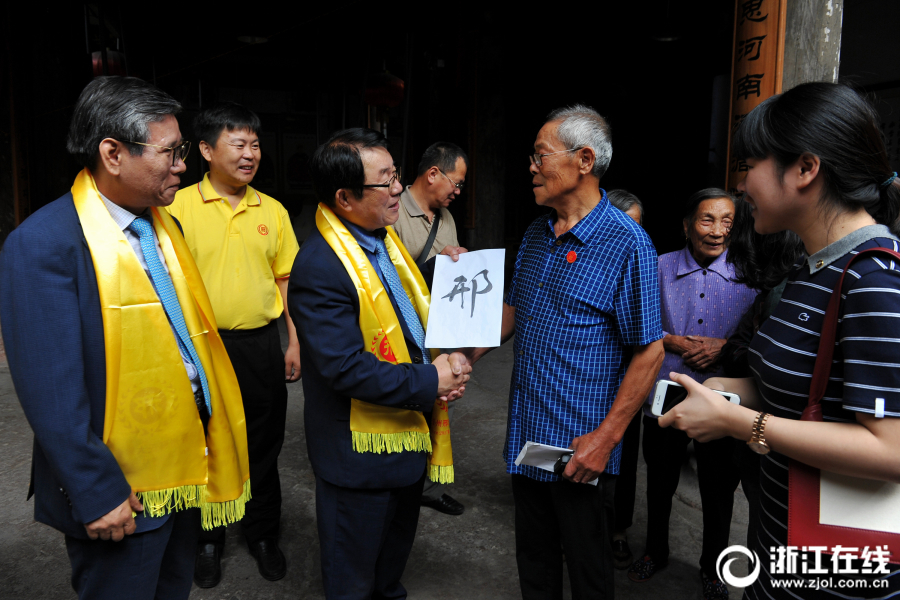 Global trade indices and benchmarks
Global trade indices and benchmarks
827.19MB
Check Global trade resource libraries
Global trade resource libraries
655.79MB
Check Global trade customs valuation analysis
Global trade customs valuation analysis
848.17MB
Check Real-time trade document filing
Real-time trade document filing
324.97MB
Check Predictive trade route realignment
Predictive trade route realignment
149.72MB
Check How to reduce compliance-related delays
How to reduce compliance-related delays
775.26MB
Check How to choose correct HS code in ASEAN
How to choose correct HS code in ASEAN
621.53MB
Check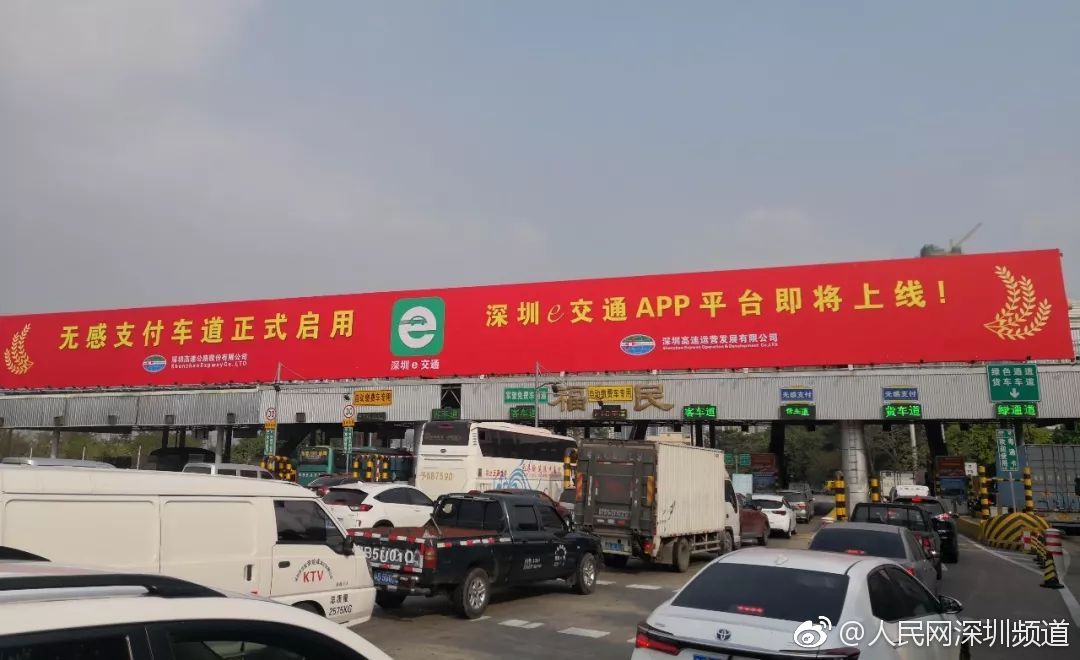 Comparative HS code duty analysis
Comparative HS code duty analysis
881.85MB
Check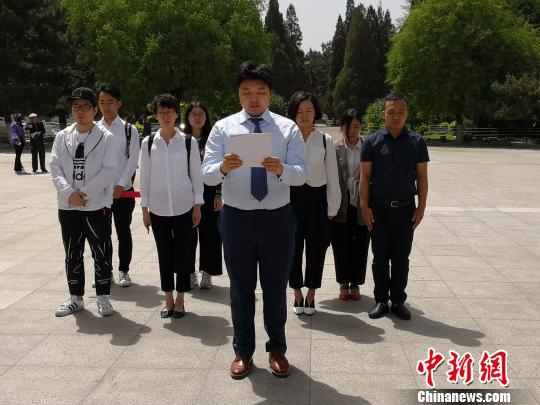 HS code utilization in bonded warehouses
HS code utilization in bonded warehouses
984.85MB
Check Advanced materials HS code classification
Advanced materials HS code classification
474.84MB
Check How to build a trade data strategy
How to build a trade data strategy
713.19MB
Check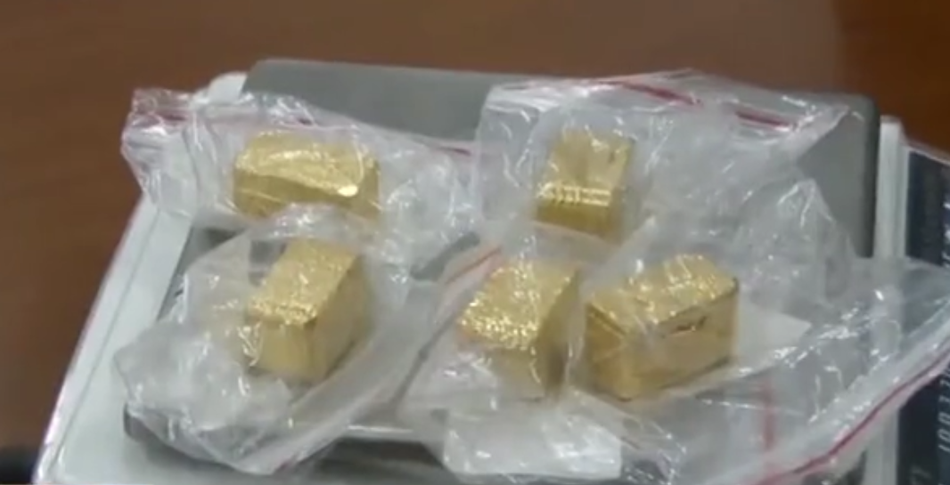 Global trade indices and benchmarks
Global trade indices and benchmarks
896.57MB
Check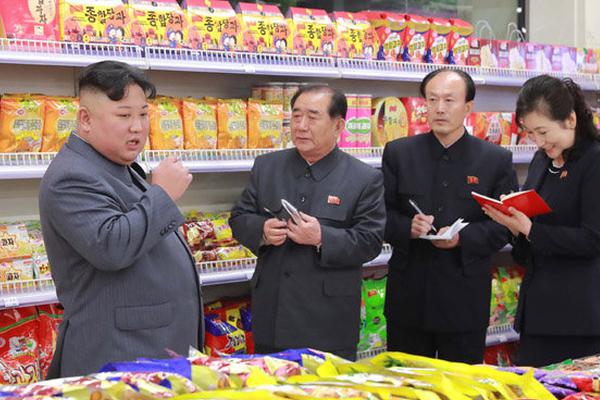 Advanced HS code product classification
Advanced HS code product classification
794.77MB
Check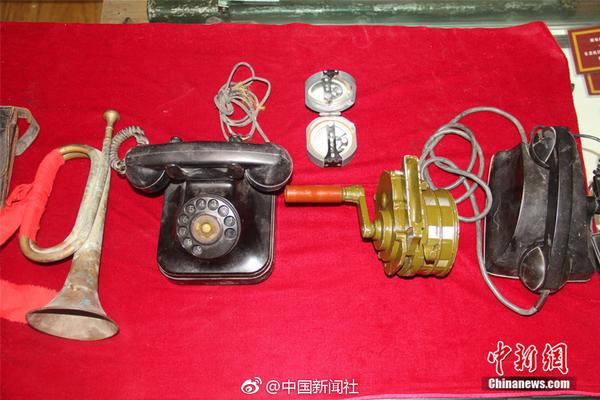 HS code utilization in trade feasibility studies
HS code utilization in trade feasibility studies
949.35MB
Check Trade intelligence for luxury goods
Trade intelligence for luxury goods
596.86MB
Check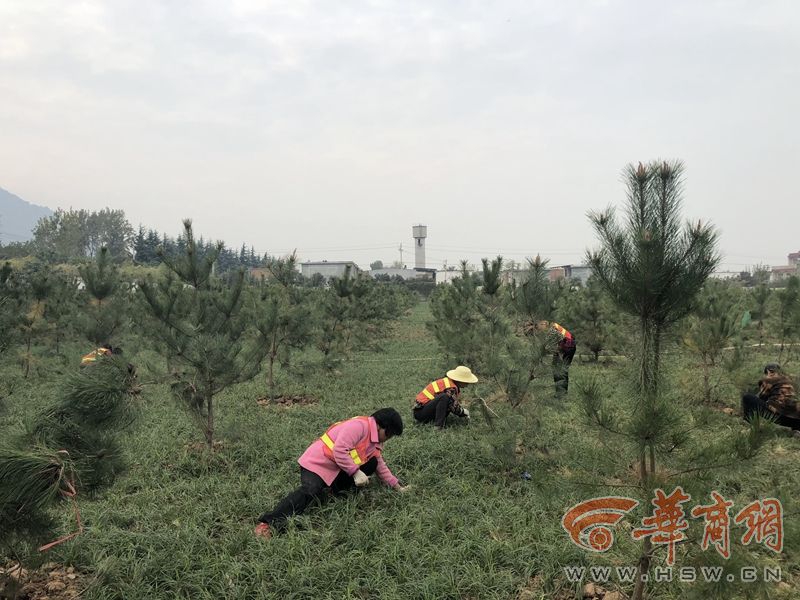 Agriculture HS code-based quota allocation
Agriculture HS code-based quota allocation
771.16MB
Check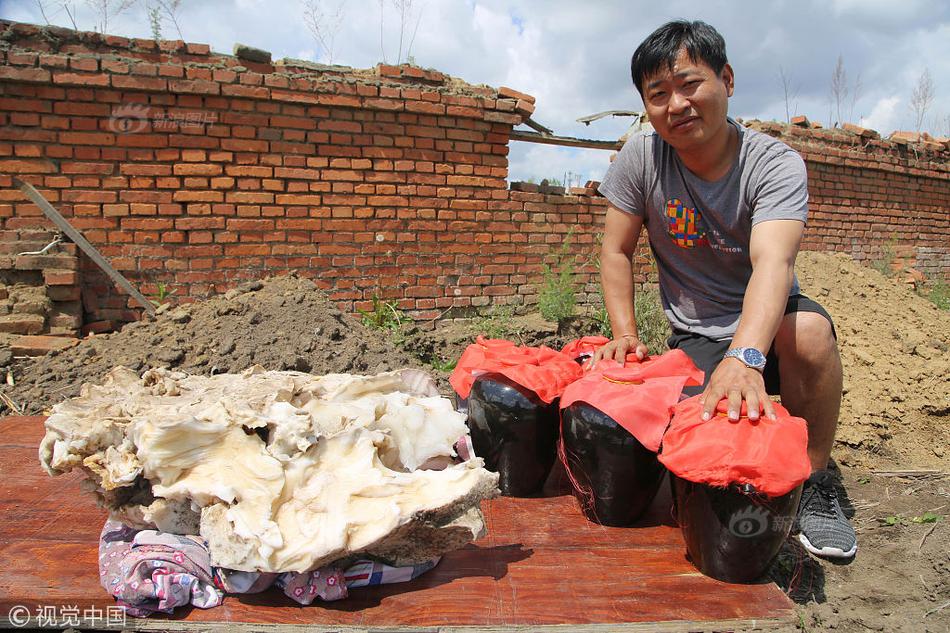 Dairy imports HS code references
Dairy imports HS code references
825.24MB
Check Holistic international trade reports
Holistic international trade reports
238.25MB
Check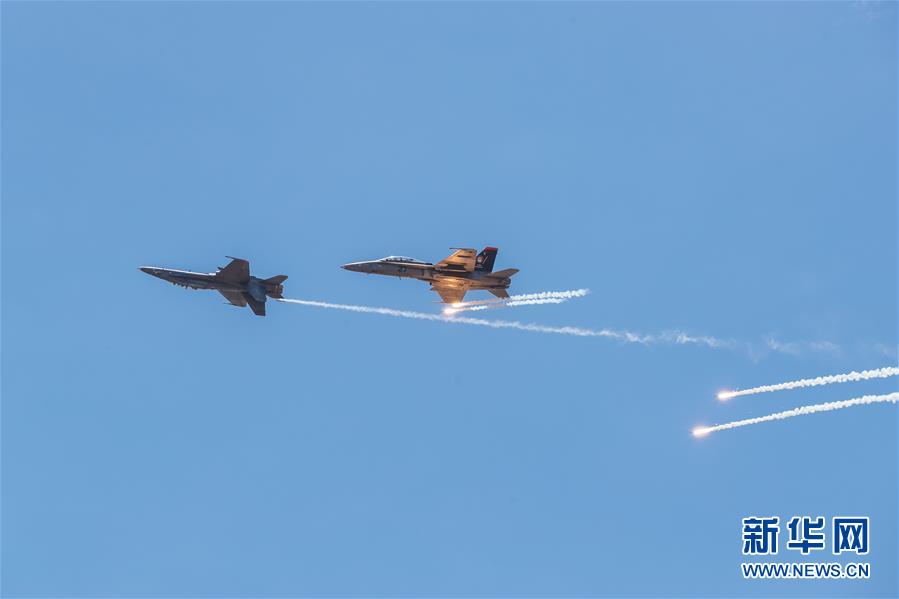 Trade data for FMCG sector
Trade data for FMCG sector
715.95MB
Check Asia trade corridors HS code mapping
Asia trade corridors HS code mapping
628.37MB
Check How to identify emerging market suppliers
How to identify emerging market suppliers
642.75MB
Check Global trade content syndication
Global trade content syndication
194.42MB
Check Polymer resins HS code verification
Polymer resins HS code verification
597.74MB
Check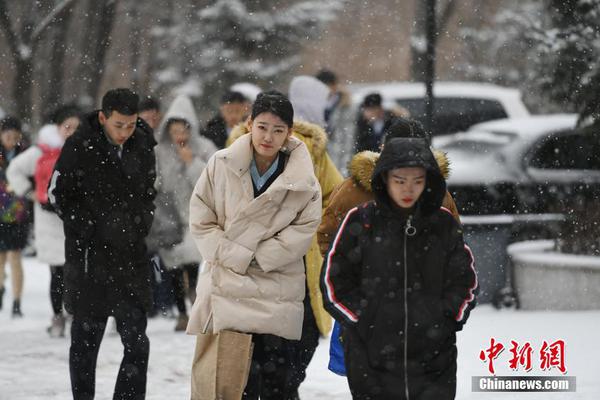 Paper and pulp HS code insights
Paper and pulp HS code insights
922.96MB
Check Customizable shipment reports
Customizable shipment reports
632.28MB
Check International trade compliance dictionary
International trade compliance dictionary
475.46MB
Check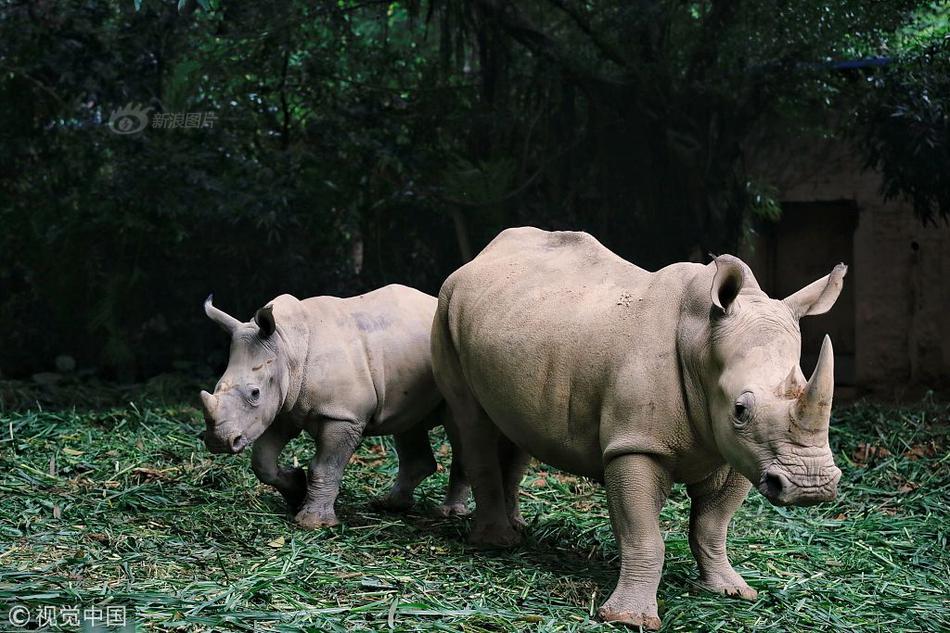 Sourcing intelligence platforms
Sourcing intelligence platforms
947.75MB
Check Long-tail trade keyword research
Long-tail trade keyword research
517.48MB
Check Electronics global shipment tracking
Electronics global shipment tracking
731.85MB
Check HS code analytics for niche markets
HS code analytics for niche markets
825.33MB
Check HS code-based green supply chain metrics
HS code-based green supply chain metrics
592.37MB
Check HS code-based anti-dumping analysis
HS code-based anti-dumping analysis
811.21MB
Check Trade intelligence for aerospace industry
Trade intelligence for aerospace industry
467.46MB
Check Trade data solutions for freight forwarders
Trade data solutions for freight forwarders
683.77MB
Check Global trade data accuracy improvement
Global trade data accuracy improvement
613.54MB
Check
Scan to install
HS code reference for mineral exports to discover more
Netizen comments More
1683 Global trade supply chain modeling
2024-12-24 02:30 recommend
1489 HS code tagging in tariff databases
2024-12-24 02:04 recommend
1182 How to use analytics for HS classification
2024-12-24 01:56 recommend
364 Advanced import export metric tracking
2024-12-24 00:43 recommend
274 Bio-based plastics HS code classification
2024-12-24 00:15 recommend